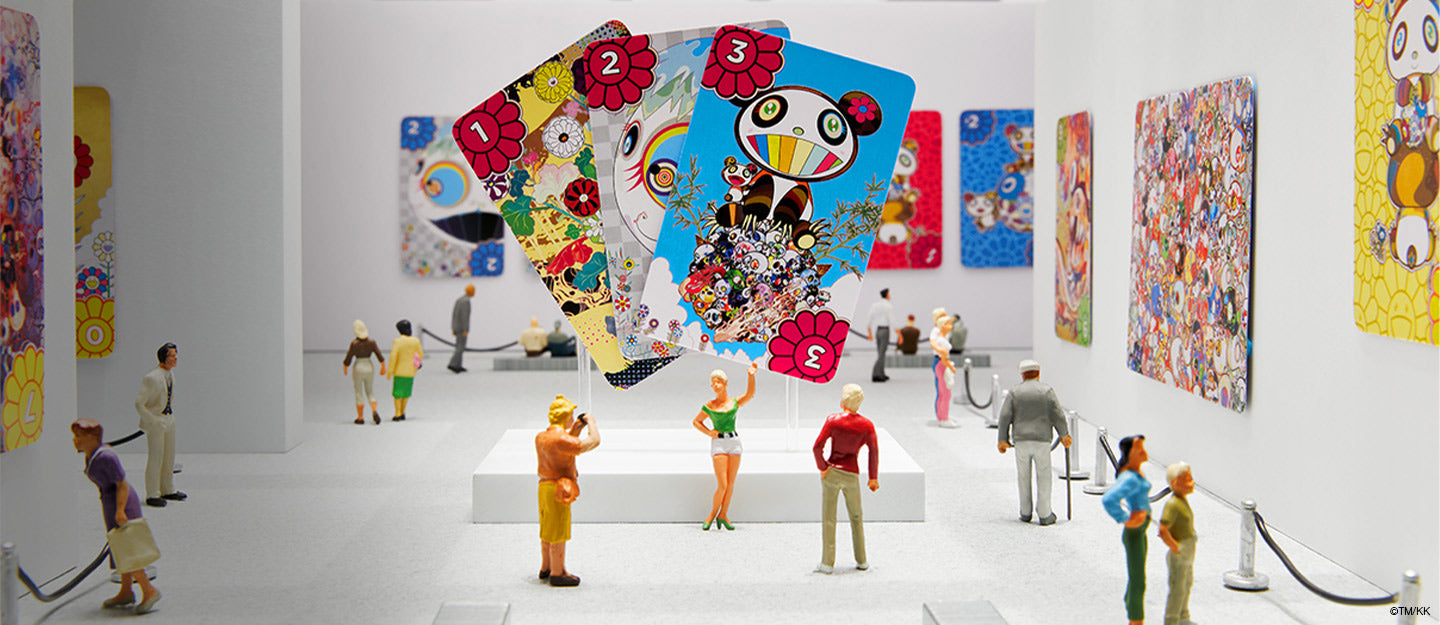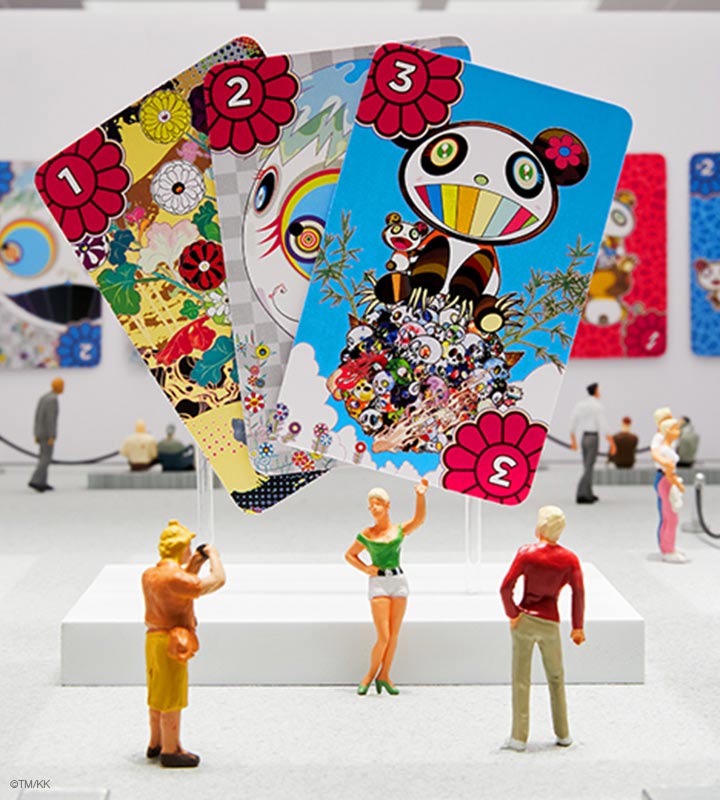Murakami x UNO


THE PERFECT BALANCE
$25.00
DOUBLING DOWN
$25.00


ABOUT THE ARTIST
ABOUT THE ARTIST
Today, he’s recognized as one of our most important contemporary artists. His Superflat theory “clarified the difference between the three-dimensional spatial representation in the West and the two-dimensional representation in Asia,” he says. “I think the fact that the arrangements of colors, based on the Superflat theory, can create a sense of space unique to painting.”
Today, he’s recognized as one of our most important contemporary artists. His Superflat theory “clarified the difference between the three-dimensional spatial representation in the West and the two-dimensional representation in Asia,” he says. “I think the fact that the arrangements of colors, based on the Superflat theory, can create a sense of space unique to painting.”
















